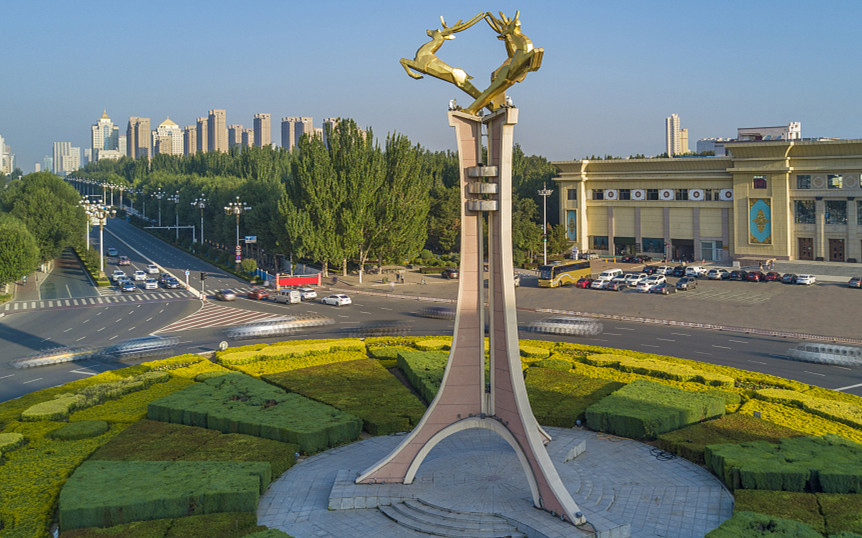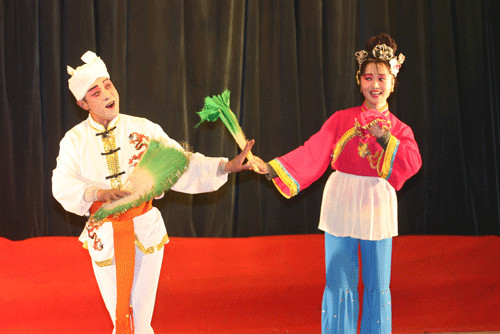
Errentai Opera in Baotou
2015-10-29
Errentai Opera is a traditional Chinese folk opera from Shanxi province which was developed in the west Inner Mongolia autonomous region, Shanxi, Shaanxi and Hebei provinces.
-
Marriage customs in Baotou
2015-10-29
Marriage customs in Baotou combine ethnic culture, unique folk customs and melodious singing and dancing with hilarious activities. It embodies the diligence, courage and intelligence of Inner Mongolians.

Sugar-blowing sculpture
2015-10-29
Sugar-blowing sculpture is a traditional handicraft long popular all over China, especially in Tianmen city and Mianyang city (present-day Xiantao city) of Central China’s Hubei province.
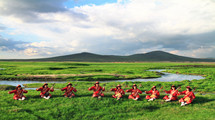
Matouqin music
2015-05-11
The instrument has a long history, and it was quite popular with the Mongolian people during the early period of the 13th century.
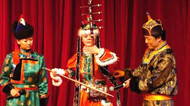
Sihu music
2015-05-11
The sihu, a bowed instrument, is so named because of its four strings and it is commonly found in Inner Mongolia.
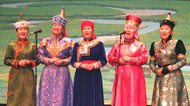
Mongolian long tune
2015-05-11
Urtin Duu or the 'Long Tune' is a historical Mongolian folk music song dating back to the 7th century AD.
-
Mongolian folk dance
2015-05-11
The pastoral life and the work of herdsmen became the source for dance there. The male dances in Inner Mongolia are rugged, lionhearted, and full of power.There are also female dances in Inner Mongolia.
-
Mongolian religious dance
2015-05-11
A Tsam ceremony was held at the beginning of the year to exorcise evil.Shaman Dance is performed by shaman (sorcerers or witches) by praying to gods, sacrificing, dispelling evils and curing diseases.
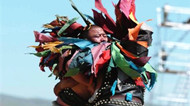
Mongolian wrestling
2015-05-11
Boke, the Mongolian word for wrestling, has a history of more than 2,000 years.
Home > Ethnic Culture


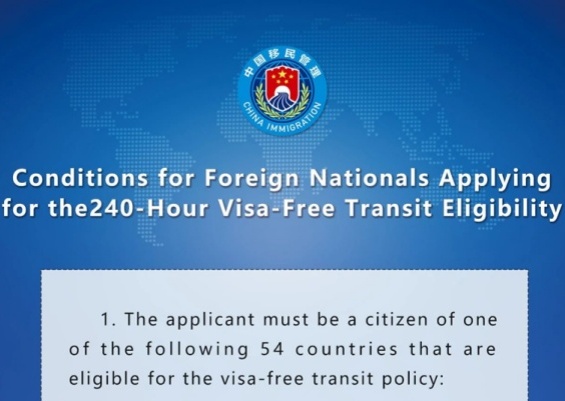

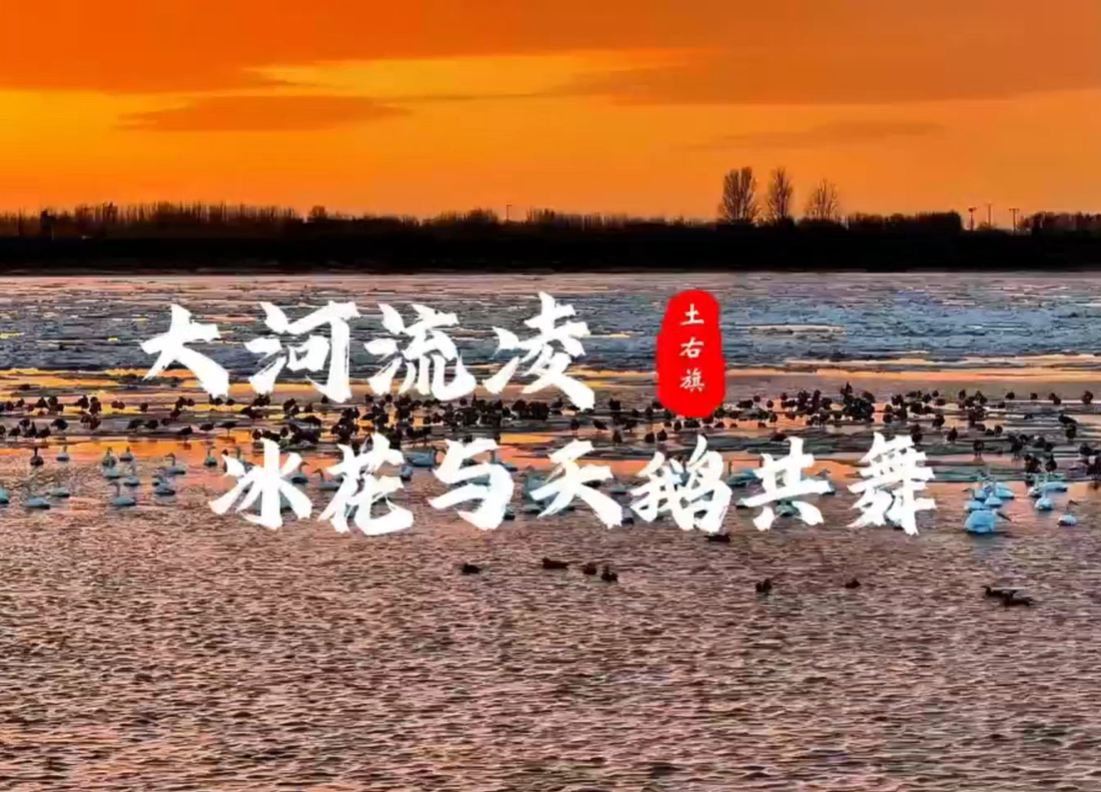
 Ice floats & swans in Baotou
Ice floats & swans in Baotou